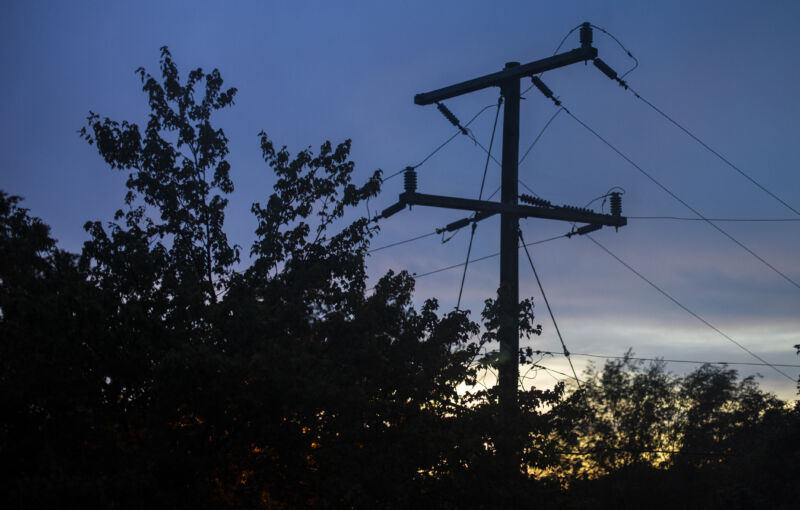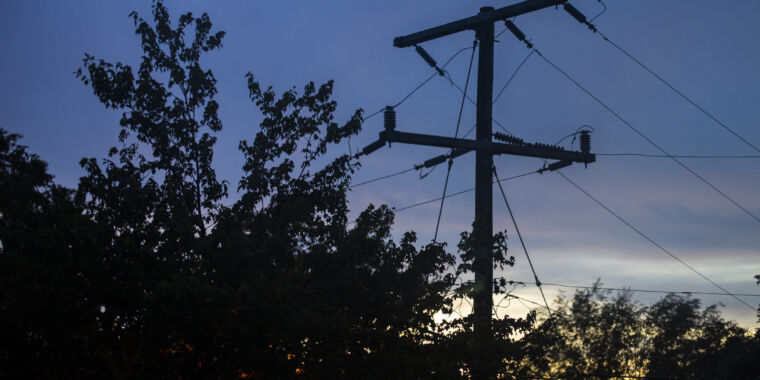
This article originally appeared on Inside Climate News, a nonprofit, independent news organization that covers climate, energy, and the environment. It is republished with permission. Sign up for their newsletter here.
Virginia, Illinois, Ohio, and Indiana have the most to gain in jobs and new investment if PJM, the country’s largest grid operator, can fix some of the problems now leading to long delays in clean energy projects, a new report says.
To make that happen, PJM would need to approve projects at the same rate it did about a decade ago.
But that requires clearing two big hurdles. The grid operator needs to make major progress on roughly 3,000 active matters in its new service request queue, where 97 percent of more than 250 gigawatts of proposed new generation is for renewable energy, battery storage or a combination of the two. And PJM, whose territory runs from Chicago to New Jersey, would need to add enough interstate power line capacity to connect those projects to the grid.
The June 28 report from the American Council on Renewable Energy (ACORE), a trade group, focuses on roughly 2,000 projects totaling 167 gigawatts of proposed land-based clean energy generation, which PJM is due to process as it implements reforms approved by federal regulators in November. Those reforms include a switch to prioritizing the projects that are the most ready to be built and a “fast lane” for smaller projects, among others.
Report author Noah Strand at ACORE and other contributors acknowledge that not all those projects will ultimately be approved and built. So, the report assumes a completion rate of 20.3 percent, which is comparable to that for 2011 to 2016. It then makes estimates for job creation, investments and other benefits for the resulting 34 gigawatts of clean energy.
With more than 43,000 megawatts of proposed capacity in the PJM queue awaiting approval, Virginia stands to gain roughly a quarter of the $33 billion in capital investment and 198,716 job-years those projects, totaling 34 gigawatts, could provide, the report estimated.
A job-year represents one job for one year. Because each project’s largest employment demands come during the construction phase, that’s a fair way of estimating job creation, said Brendan Casey, who contributed to the report and is deputy director for economic analysis for the American Clean Power Association.
A good rule of thumb for estimating permanent jobs is to divide the total job-years by three or four, he said.
Illinois, Ohio, and Indiana rank second, third, and fourth in potential benefits for proposed projects. Each state stands to gain between $4.7 billion and $5.5 billion in capital investments and roughly 29,000 to 32,000 in job-years, with other states in the grid footprint gaining smaller amounts of investments and jobs.
Additional grid-wide benefits would include an estimated reduction in wholesale electricity costs of more than $16 per megawatt-hour from 2021 levels, due to an increase in renewable energy on the grid and incentives from the Inflation Reduction Act, the report said, citing a December 2022 analysis by Princeton University researchers. Displaced coal generation could also provide substantial public health benefits, valued at roughly $44 per megawatt-hour, the report said.

